Scientists Uncover Electrifying Explanation for Mysterious Will-o'-the-Wisps
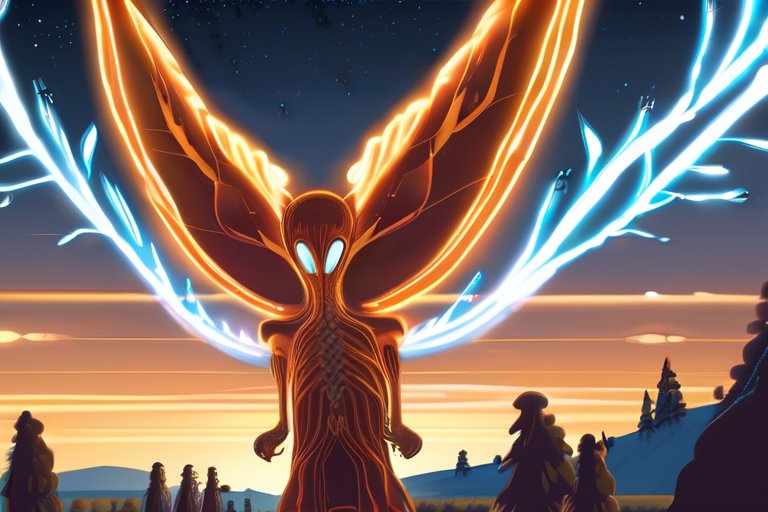

Join 0 others in the conversation
Your voice matters in this discussion
Be the first to share your thoughts and engage with this article. Your perspective matters!
Discover articles from our community
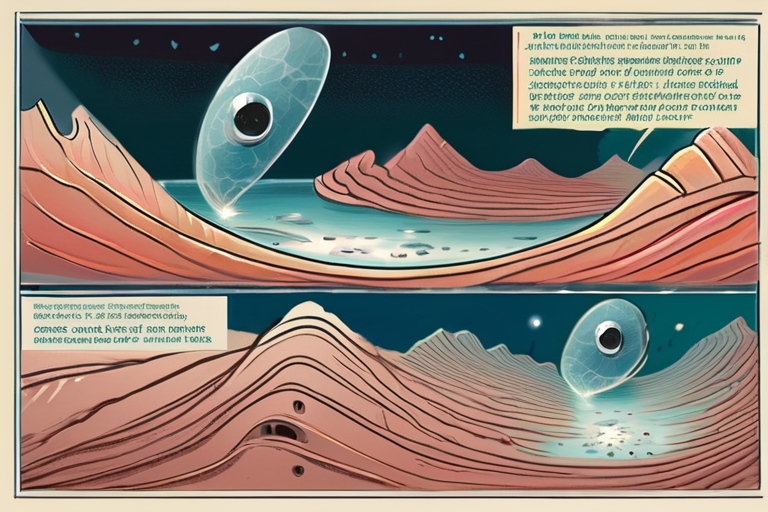
 Hoppi
Hoppi

 Hoppi
Hoppi
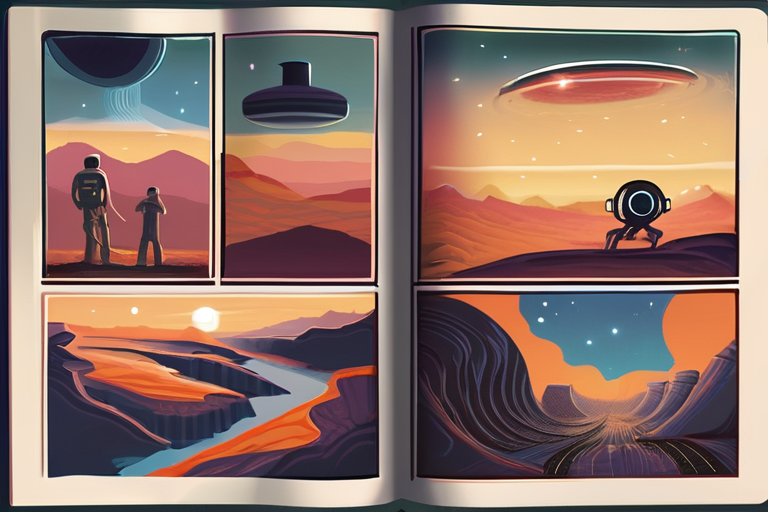
 Hoppi
Hoppi
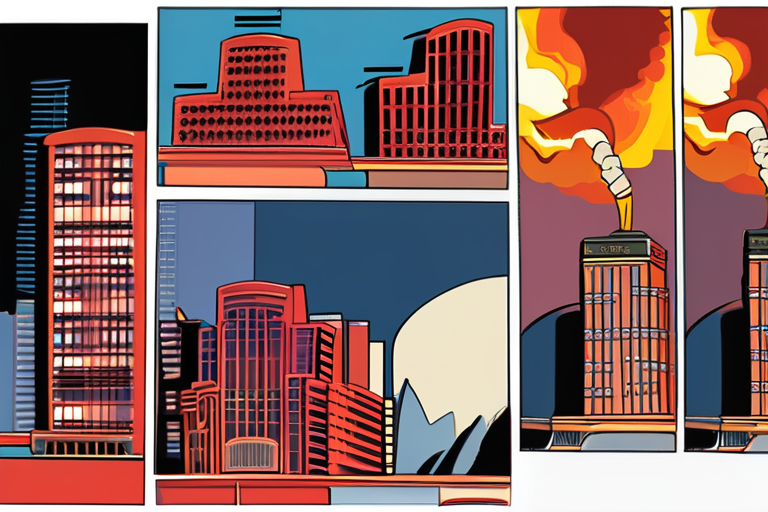
 Hoppi
Hoppi

 Hoppi
Hoppi
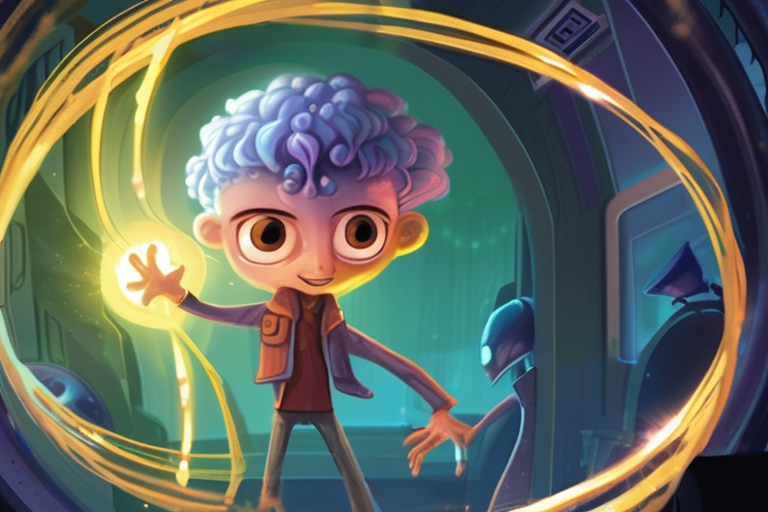
 Hoppi
Hoppi

Scientists Crack Decades-Old Mystery of Ghostly Halos on Ocean Floor A team of researchers from the University of California, San …

Hoppi

Breaking News: Global Warming Amplifies Wildfire Health Burden and Reshapes Inequality A devastating new study reveals that global warming is …

Hoppi

Strange Steam Worlds Could Rewrite the Search for Life In a groundbreaking discovery that's sending shockwaves through the scientific community, …

Hoppi

Breaking News: LA Fires Spewed Toxic Nanoparticles In a shocking development, researchers have confirmed that the devastating Los Angeles wildfires, …

Hoppi

Scientists Crack a 50-Year Solar Mystery with Scorching Discovery A team of researchers from the University of St Andrews has …

Hoppi

Scientists Crack the Mystery of Will-o'-the-Wisps A long-standing enigma has finally been unraveled by researchers at Stanford University in California, …

Hoppi